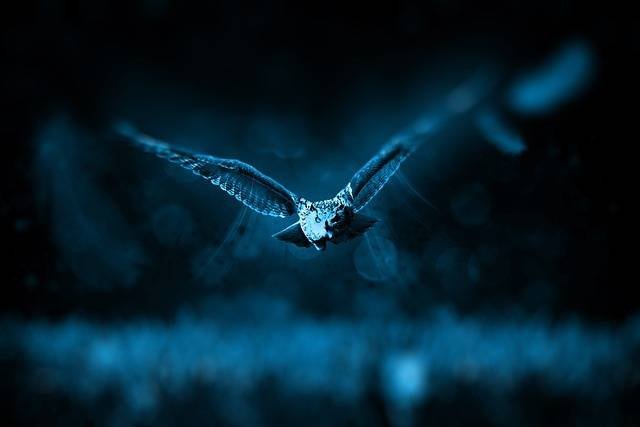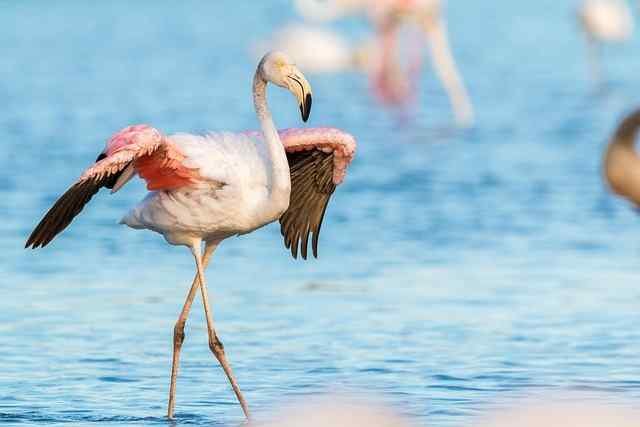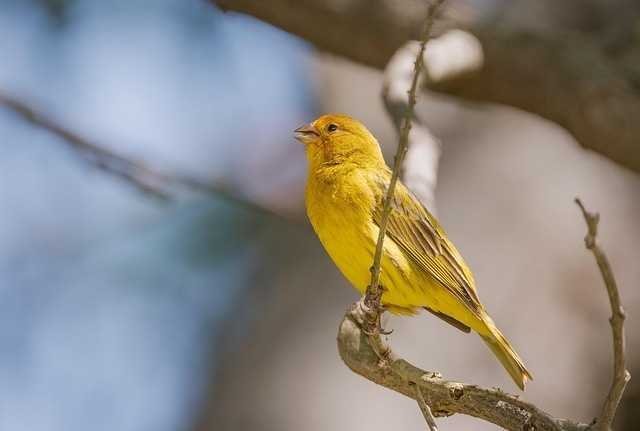
Wild birds are among the most beautiful and amazing creatures in nature. They symbolize freedom, beauty, and life. From snowy regions to tropical forests, birds are found in almost every part of the world.
There are approximately more than 10,000 species of wild birds in the world, and each plays an important role in maintaining the ecological balance in its place. Wild birds help fertilize plants, disperse seeds, and control pests, which keeps the environment healthy.
Their colors, songs, and the beauty of their flight have fascinated humans for centuries.
What are wild birds?
Wild birds are untamed birds that live freely in their natural environment. They do not depend on humans but find their own food, shelter, and protection.
Some of their famous examples:
- Eagle – Powerful bird of prey.
- Owl – Silent bird that hunts at night.
- Swan – Symbol of beauty and loyalty.
- Parrot – Colorful and intelligent bird.
- Sparrow – Small but versatile bird.
Habitats of wild birds

Each wild bird has adapted to its specific environment.
1. Forests
Birds like Hooded owls, woodpeckers, hornbills, and tanagers are found in dense trees. Trees provide them with food, shelter, and protection.
2. Grasslands
Open areas are ideal for birds like hawks, cranes, and larks that feed on small animals and insects.
3. Wetlands
Rivers, lakes, and ponds are home to ducks, flamingos, and herons. They rely on the fish and plants in the water.
4. Deserts
Despite the intense heat, birds like hawks, sand pigeons, and larks survive by enduring a lack of water.
5. Mountains
Snow sparrows and eagles survive the harsh weather at high altitudes.
6. Urban areas
Pigeons, crows, and sparrows also live in cities and build nests in buildings.
Famous Wild Birds
Bald Eagle:
This powerful eagle from North America is a symbol of freedom and feeds on fish.
Pigeon:
A bird common throughout the world that is an expert in recognizing directions.
Northern Cardinal:
This bird with its red color and sweet voice is very popular in North America.
Emperor Penguin:
The largest penguin in Antarctica that breeds in harsh winters.
Scarlet Macaw:
A brightly colored, intelligent parrot from the rainforests of South America.
Barn Owl:
The white-faced owl hunts at night and is found on every continent.
Mallard Duck:
A common duck found all over the world that lives in ponds and lakes.
Swan:
A beautiful and loyal bird that always lives in pairs.
Flamingo:
A bird with long legs and pink feathers that lives in salt lakes.
Habits and survival methods

Flight and migration:
Many birds migrate to warmer regions in the winter. The Arctic Tern is the world’s longest-traveling bird, flying from the North Pole to the South Pole.
Food:
- Seeder birds (sparrows, finches) have strong beaks.
- Birds of prey (eagles, hawks) have sharp claws.
- Succulent birds (hummingbirds) have long beaks.
- Carrion eaters (vultures) keep the environment clean.
Nesting and predation
Each bird builds its own nest — some in trees, some on the ground. Most birds lay eggs and protect their young.
Sounds and songs
Birds use their sounds to communicate, attract mates, or defend territory. Some birds can even imitate the sounds of others.
The role of wild birds in nature
Birds are nature’s most useful and essential creatures.
Seed dispersal
Fruit-eating birds help new trees grow by dispersing seeds.
Insect control
Birds, sparrows, and warblers reduce crop pests.
Flower Watering
Hummingbirds and sunbirds spread pollen when they drink flower nectar.
Threats to wild birds
1. Habitat destruction
Urban sprawl and deforestation are destroying bird homes.
2. Pollution
Plastics, chemicals, and oil contaminate water and food.
3. Climate change
Changing temperatures affect migration and breeding patterns.
4. Domestic cats
Cats in urban areas prey on millions of birds annually.
5. Illegal hunting and trade
Many rare birds, such as parrots and eagles, are victims of the illegal trade.
Conservation efforts

Organizations and governments around the world are working to protect wild birds.
- National parks and protected areas
These areas provide birds with a safe place to breed and live.
- Tree planting and forest restoration
Tree planting can restore habitat for wild birds.
- Laws and agreements
Such as CITES and the Migratory Bird Treaty Act that prevent hunting and illegal trade.
- Public awareness
People are being educated not to destroy bird nests and to keep the environment clean.
- Feeders and nest boxes
Installing feeders in urban areas helps birds find food and shelter.
Birdwatching:
Birdwatching is a peaceful and natural hobby. It not only provides peace of mind but also strengthens the connection with nature.
Important tips:
Be quiet and wear natural-colored clothes.
Carry binoculars and a guidebook.
Record your observations.
This activity also helps in scientific research as enthusiasts provide data on bird movements.
Photography:
Photography of wild birds requires patience and respect. Good pictures bring people closer to nature and encourage conservation.
intresting facts:
The albatross can fly thousands of miles non-stop.
Crows and ravens are very intelligent birds.
The lyrebird can imitate the sounds of humans and machines.
The importance of wild birds:

Birds are the guardians of nature’s ecological balance. If birds start disappearing in an area, it is a sign of environmental degradation.
Protecting birds is actually protecting nature — for clean air, healthy trees, and a prosperous earth.
